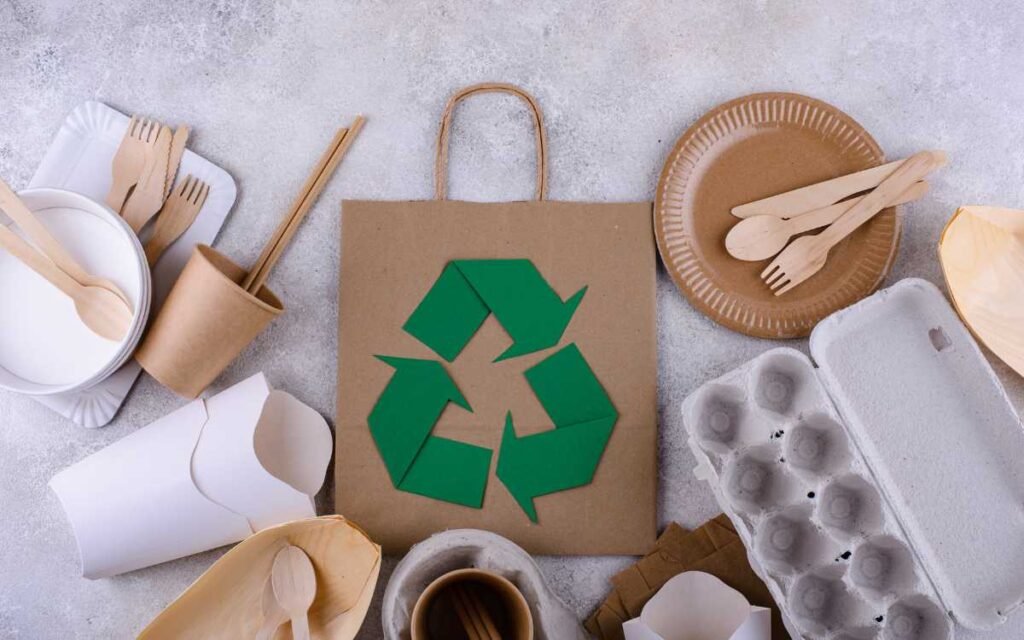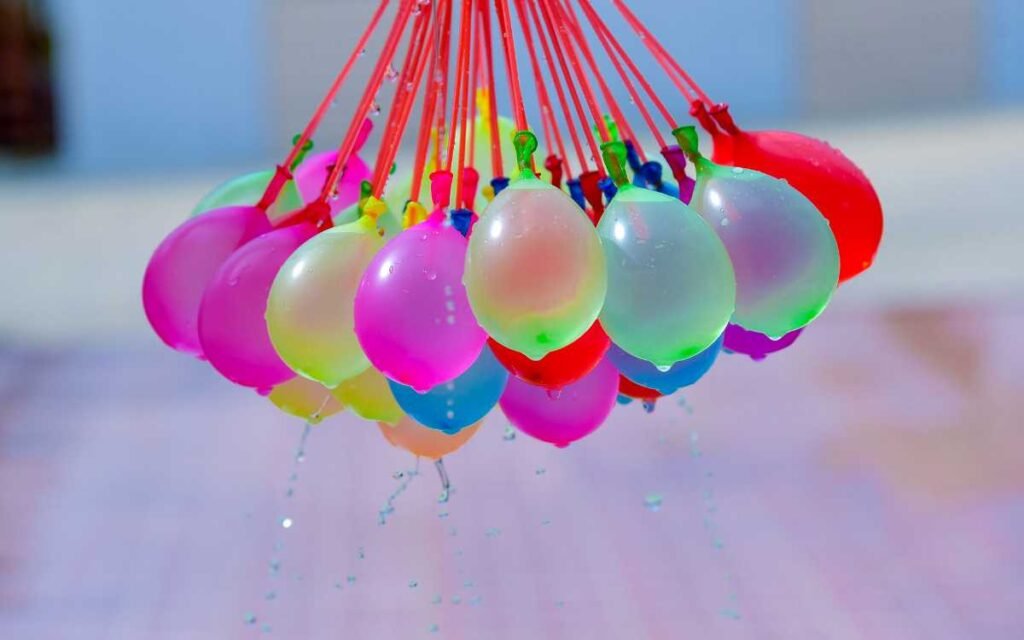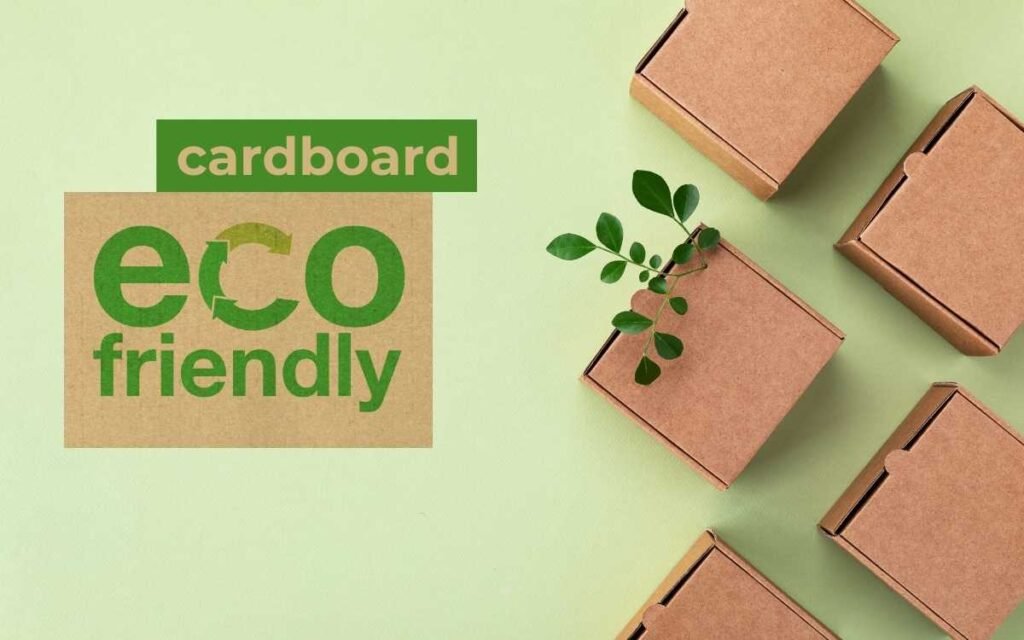
- Introduction
- Is silicone recyclable?
- Is silicone biodegradable?
- what factors affect to make silicone recyclable?
- Silicone Types We Commonly Use at Home
- Which Silicone-Made Products Can We Recycle?
- Can We Recycle Silicone at Home?
- Is Silicone the Same as Plastic?
- Is Silicone the Same as Rubber?
- Why Should You Use Silicone-Made Products?
- Bottom Line
Introduction
In today’s environmentally conscious world, there is a pressing question on many minds: is silicone recyclable?
You know, it widely celebrated for its versatility and durability, it is everywhere in products ranging from kitchen tools to medical devices.
But can it stand up to the green test?
Before going into in-depth of this article, let’s set the stage by understanding the rise of silicone and why its recyclability is such a pivotal topic for our planet’s well-being. I tried to cover all related topics in this article. I hope you will enjoy this.
So, join me as we embark on this enlightening journey, step by step.
Is silicone recyclable?

Yes, silicone is recyclable.
However, understanding its recycling is essential. It’s not as straightforward as recycling materials such as paper or plastic. it is a durable, non-toxic polymer made primarily from silica (sand).
Due to its unique properties, it doesn’t degrade easily in landfills. Therefore, it’s essential to recycle it whenever possible.
First, not all recycling centers accept silicone. This is mainly because silicone can’t be processed in the same manner as conventional recyclables. But don’t let this discourage you. With growing environmental awareness, there are specialty facilities emerging that handle silicone recycling.
Here’s how it works –
- Collection: Start by cleaning any silicone product you want to recycle. Ensure it is free from contaminants. If your local recycling center doesn’t take silicone, look for specialty facilities that do. In the US waste management company is the largest company. You can google silicone recycling near me you will get the best result. Now next process.
- Grinding: At the recycling facility, silicone items are ground down. They are turned into small pieces. This prepares them for further processing.
- Reprocessing: Once ground, it is ready. It can be combined with fresh silicone material. Then, it can be remolded into new products.
Is silicone biodegradable?
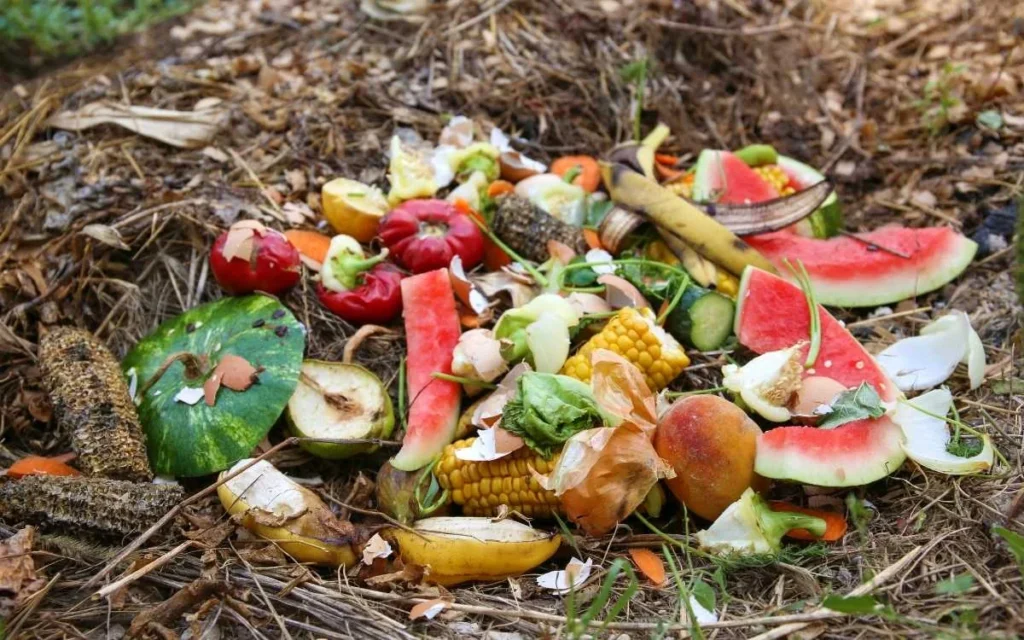
silicone does not biodegrade in the traditional sense.
It doesn’t break down naturally in the environment. It doesn’t decompose like an apple core or a leaf. Over time, however, it can degrade into smaller bits. This happens because of things like sunlight and heat.
It has many benefits. Main benefit durable and heat resistant. But it also lasts a long time in nature. So, it’s important to dispose of it properly. When you use a silicone product, think about recycling or reusing it. That way, we help our planet.
what factors affect to make silicone recyclable?

Factors Affecting the Recyclability of Silicone –
Purity of Silicone
It’s quality and condition directly impact its recyclability. Remember, clean silicone without any foreign contaminants or mixed materials is easier to recycle. Just like in baking, where a mixture of fresh ingredients produces the best results, the same principle applies to recycling. Pure silicone ensures optimal recycling outcomes.
Infrastructure Availability
Recycling silicone isn’t a universal capability of all recycling centers. It requires specific equipment and techniques to break it down and repurpose it. The presence of facilities matters. Not all can handle silicone. This directly impacts how recyclable the material is.
Public Awareness
The general public’s knowledge and attitude towards silicone recycling play a crucial role. If people aren’t aware of how and where to recycle it, they might end up disposing of it improperly. Raising awareness is important. Educating people about silicone recycling matters too. Understanding its significance and methods helps. This leads to better recycling habits.
Silicone Types We Commonly Use at Home
Silicone, with its flexibility and heat-resistant nature, has comfortably found its way into our homes. You might be surprised at how often you encounter it in your daily life.
Let’s dive into some common types we use at home.
1. Liquid Silicone Rubber (LSR)

Often found in bakeware and kitchen utensils, LSR is favored for its durability and flexibility. Think of those colorful spatulas and baking mats that withstand high temperatures without a meltdown. They owe their resilience to LSR.
2. High Consistency Rubber (HCR)

This type of silicone resembles the traditional rubber we’re familiar with. It’s the go-to material for seals, gaskets, and even some toys. If you’ve ever noticed that squishy, stretchy feel on some household items, it’s probably HCR.
3. Room-Temperature-Vulcanizing (RTV)

This is the handyman’s best friend. It is often found in sealants and adhesives. Got a leaky window or need to bond materials? RTV silicone might just be your solution.
4. Silicone Resins

Used primarily in cookware coatings and some paints, it adds that non-stick quality. Those frying pans that let your pancakes slide right off. Thank silicone resins for that smooth move.
Which Silicone-Made Products Can We Recycle?
As we know it is known for its flexibility and durability. It has nestled into various corners of our homes. But as we grow more eco-conscious, an inevitable question arises: which of these silicone products can we recycle?
Let’s journey through the answer.
1. Kitchenware

Many of our kitchen tools, like spatulas, silicone made food storage container, baking mats, and oven mitts, are recyclable. When they’re no longer useful, don’t just toss them. Consider a different approach. Send them to a recycling facility. Make sure it’s one that accepts silicone.
2. Baby Products

Items like baby bottles, pacifiers, and teething rings can often be recycled. Given that these are products for our little ones, it’s doubly essential to ensure they’re disposed of responsibly.
3. Sealants and Adhesives
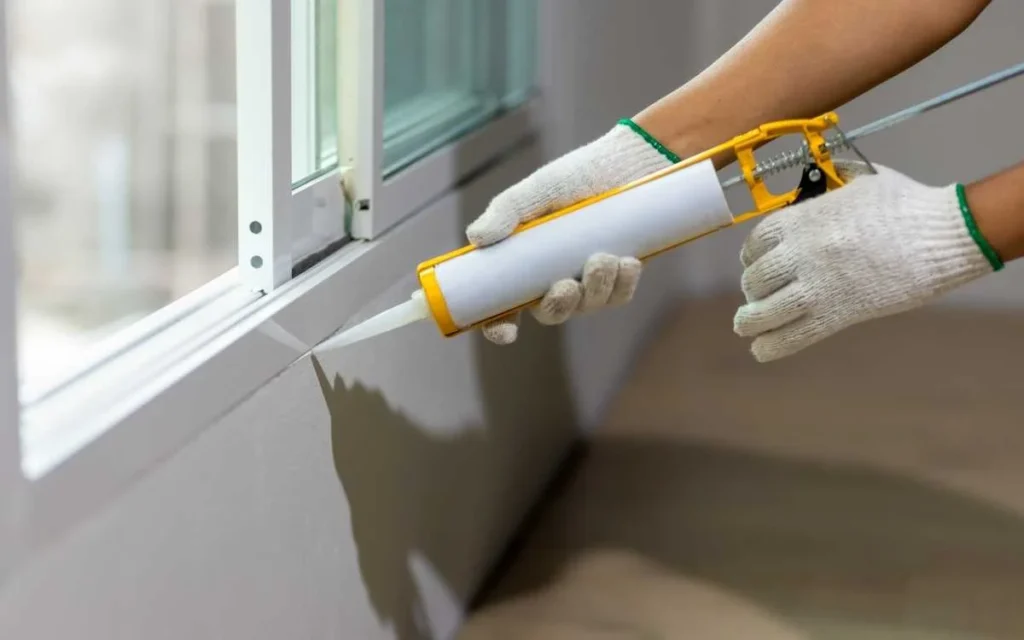
Not all types of silicone can be recycled. This is because of certain additives. However, some silicone-based sealants and adhesives are recyclable. These are often used in home repairs. Always check the product labeling or consult the manufacturer for clarity.
4. Medical Devices

It is used in some medical devices. This includes things like tubing and certain prosthetics. These components can be recycled. However, it’s important to clean them well before recycling. Also, they should be recycled at specialized facilities. These centers are equipped to handle such items.
Can We Recycle Silicone at Home?
No, we cannot directly recycle at home in the same way we might compost organic waste or melt down certain plastics. Silicone requires specialized processes to be recycled efficiently.
That said, there are ways to contribute to the recycling process from home. Here’s how –
1. Reuse
Before thinking about recycling, consider reusing. Due to their durability, they can often serve multiple purposes. For instance, a silicone baking mat that’s past its prime might find a second life as a jar opener or a drawer liner.
2. Local Collection
Research if your local recycling center accepts. While not all facilities can handle it, some might, especially in larger municipalities.
3. Specialty Facilities
Some companies and facilities specialize in silicone recycling. Considering waste management company. Seek them out and see if they offer mail-in or drop-off options for your used products.
Is Silicone the Same as Plastic?

No, silicone and plastic are not the same. They’re distinct materials, each with its own unique properties and applications.
Let’s delve into the differences to clear up any misconceptions.
1. Origin
Silicone is derived from silicon, a naturally occurring element found in sand and quartz. Through various processes, silicon is transformed into silicone, a flexible, rubber-like material. On the other hand, most plastics are petroleum-based, derived from crude oil.
2. Durability
It is known for its heat resistance and durability. It doesn’t melt easily. This is why it’s a top choice for kitchenware. It’s also great for other high-temperature applications. Plastics are different. Their heat resistance varies based on their type. Many plastics melt at temperatures lower than silicone does.
3. Flexibility
It is inherently flexible and stretchy, resembling rubber in many ways. While some plastics can be flexible, they don’t typically have the same elasticity as silicone.
4. Environmental Impact
Many say silicone is more environmentally friendly than plastic. This is because it lasts longer. It also holds up well with repeated use. However, there’s a catch. Neither silicone nor plastic is traditionally biodegradable. So, both can be problematic for the environment when thrown away.
Is Silicone the Same as Rubber?
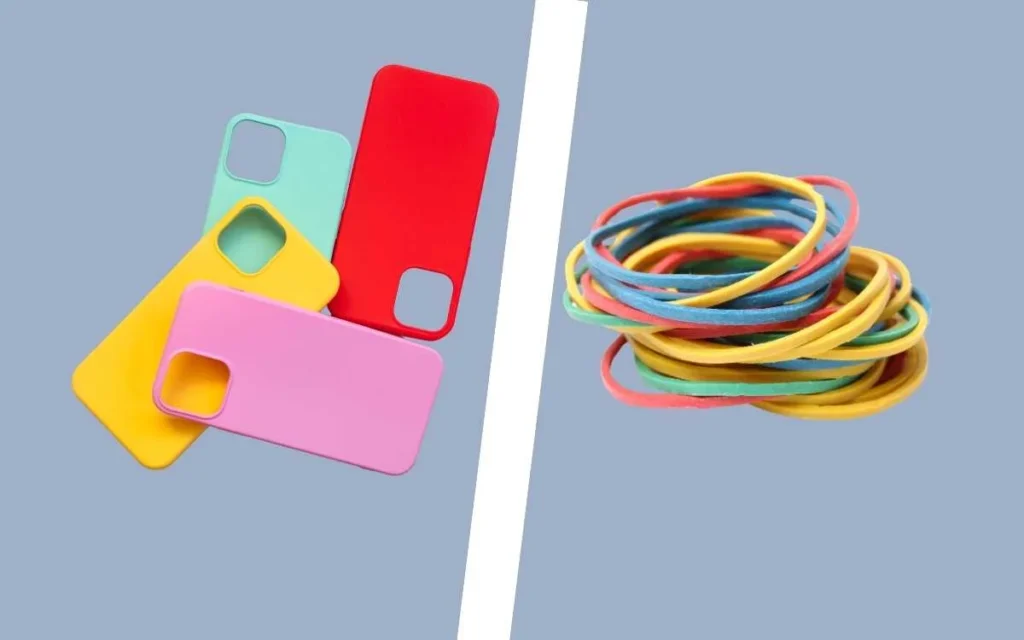
No, silicone and rubber are not identical.
They might feel or look similar when you first touch them. However, they come from different origins. Additionally, they have their own unique characteristics.
Let’s break down their differences.
1. Origin
Rubber can be natural or synthetic. Natural rubber originates from the latex of rubber trees. Synthetic rubber, on the other hand, is made from petroleum-based chemicals. Silicone, contrastingly, is derived from silicon, a component found in sand and quartz.
2. Temperature Resistance
Silicone stands out for its exceptional heat resistance. It remains stable under high temperatures. Because of this, it’s popular in the kitchen and automotive industries. Rubber is also heat resistant, but to a lesser extent. It usually can’t handle extreme temperatures as effectively as silicone.
3. Elasticity
Natural rubber is famous for its elasticity. It’s known for being stretchy. For many years, it’s been used in products that need to stretch. This includes items like rubber bands and tires. Silicone, while flexible, doesn’t always match the elasticity of natural rubber.
4. Environmental Impact
Both materials present unique environmental challenges. Silicone is long-lasting and can endure repeated use but isn’t biodegradable. Rubber can be sourced naturally. When it is, it has an organic origin. However, growing rubber can have downsides. Its cultivation can cause deforestation. Additionally, it can lead to other environmental issues.
Why Should You Use Silicone-Made Products?

Many individuals and industries are choosing silicone-made products today. They have strong reasons for making this choice.
Let’s delve into the advantages of using silicone and why it might be a smart choice for you.
1. Durability
These products are remarkably durable. They resist wear and tear, meaning you’ll be replacing them less often than other materials. This longevity can translate into cost savings in the long run.
2. Heat Resistance
Ever grabbed a hot pan and been grateful for that silicone handle cover? It has a high heat tolerance. This makes it ideal for kitchen utensils and bakeware. It’s also great for various industrial applications.
3. Flexibility and Softness
It is soft and pliable, offering a comfortable user experience. Whether it’s a phone case or a baking mold, it provides flexibility without sacrificing strength.
4. Water Resistance
These products are mainly water repellent. This characteristic makes them ideal for certain uses. Areas where moisture is a concern, like bathrooms or outdoors, benefit from silicone products.
5. Non-Toxic
It is generally considered safe and non-toxic. It doesn’t leach harmful chemicals, which is why it’s often chosen for baby products and kitchenware.
6. Environmental Considerations
It isn’t biodegradable. However, it is very durable. Because of its durability, you don’t need to replace it as often as many plastic products. Plus, with growing recycling opportunities, its environmental footprint can be managed more responsibly.
Bottom Line
In conclusion, while silicone recycling is possible, it requires a bit more effort and knowledge on our part. Being proactive and informed about where and how to recycle silicone is key. By doing so, we’re not only reducing waste but also promoting a more sustainable future for our planet.
So, have you ever considered recycling silicone products in your home? What steps would you take to recycle them responsibly?

